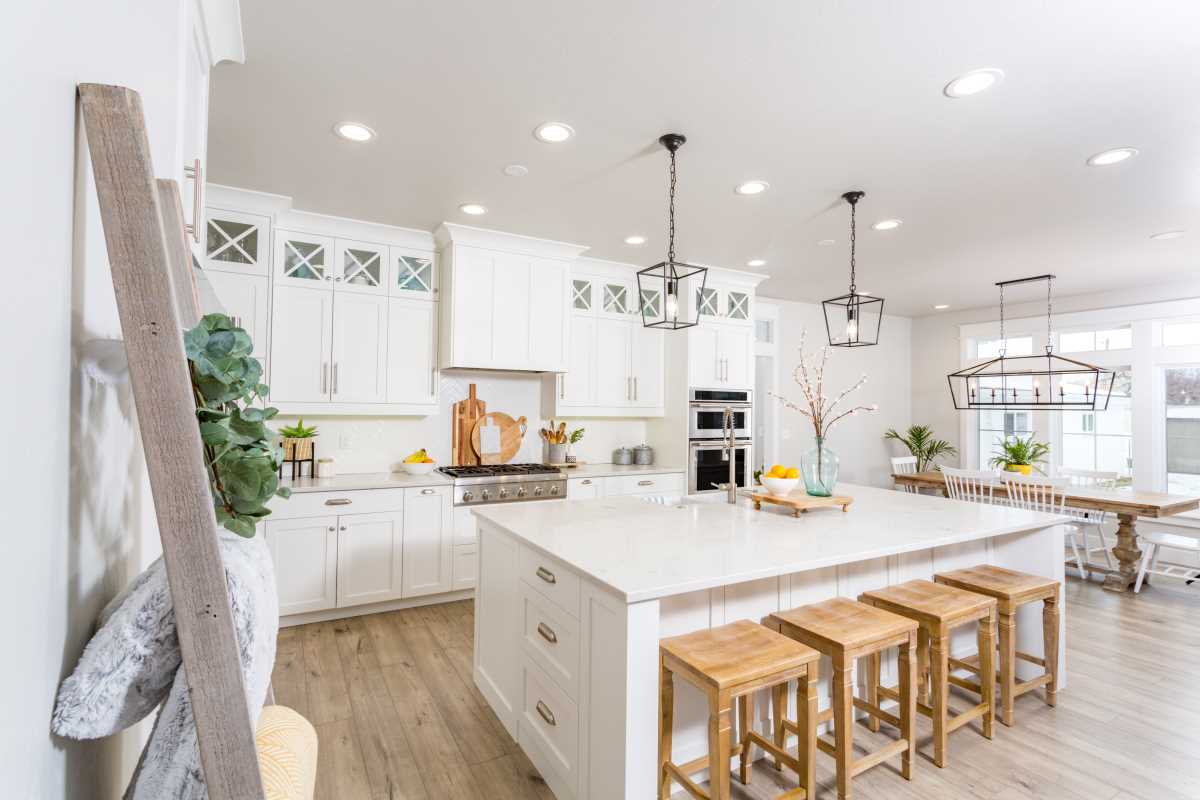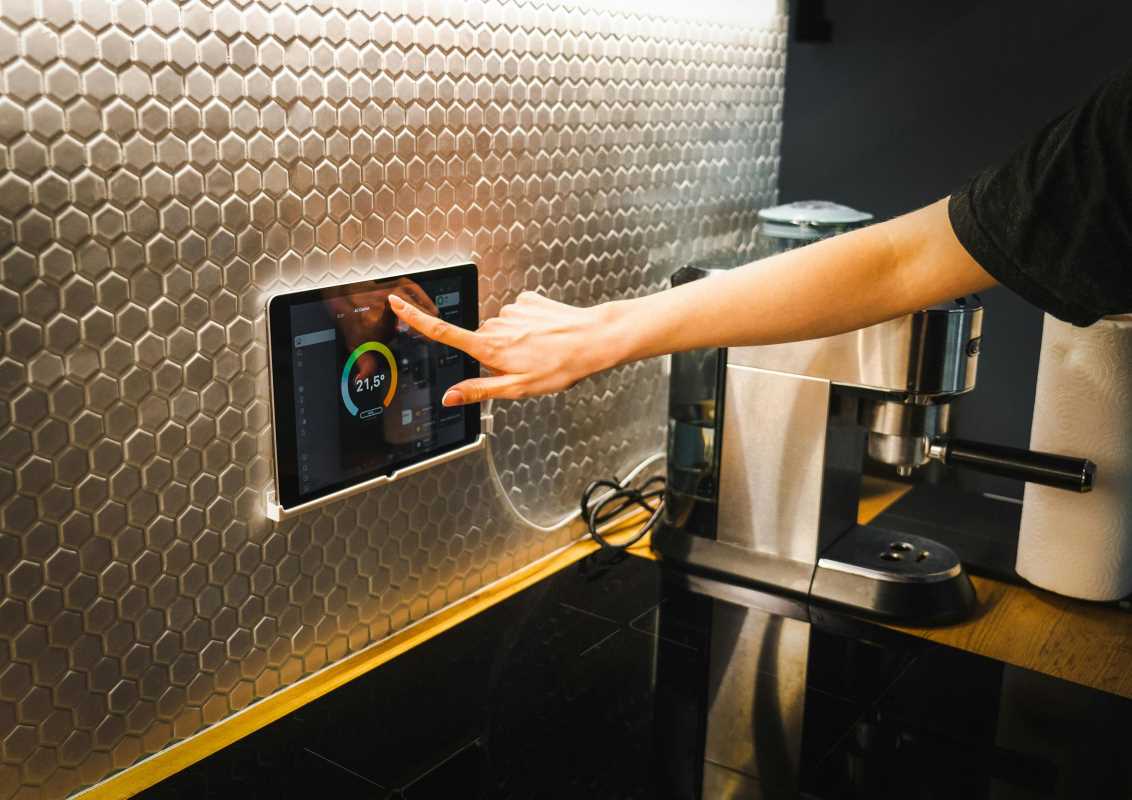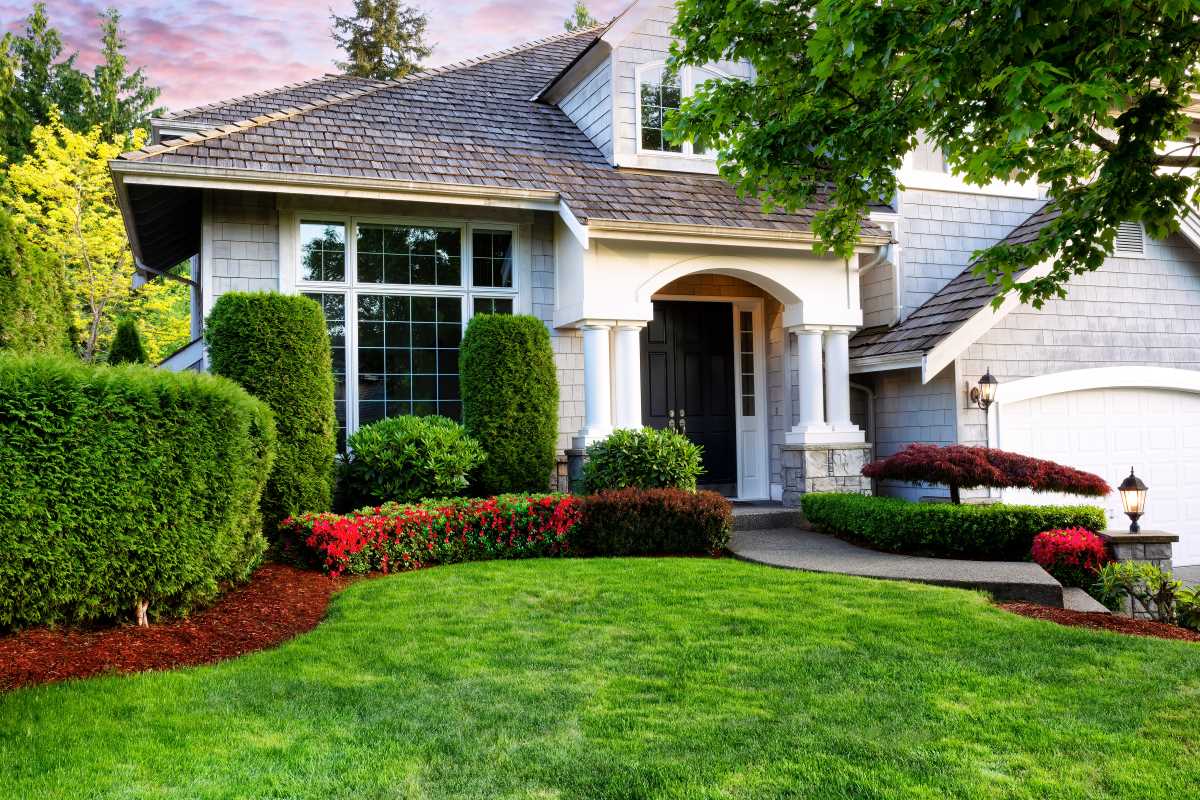When it comes to home design, incorporating sustainable practices is not only trendy but also essential for fostering a greener environment. With increasing awareness of climate change and environmental degradation, many homeowners are seeking ways to create spaces that are both eco-friendly and stylish. By making conscious choices in materials, energy usage, and overall design, you can craft a home that not only looks good but also benefits the planet. Here are some effective strategies to help you incorporate sustainable practices into your home design.
Energy-Efficient Lighting and Appliances
One of the simplest ways to make your home more sustainable is by choosing energy-efficient lighting and appliances. Switching to LED bulbs can drastically reduce energy consumption, using up to 80% less energy than traditional incandescent bulbs. These bulbs also have a longer lifespan, which means fewer replacements and less waste.
In addition to lighting, consider investing in energy-efficient appliances. Look for those with the ENERGY STAR label, which indicates that they meet strict energy efficiency guidelines set by the U.S. Environmental Protection Agency. Energy-efficient refrigerators, washing machines, and ovens consume less electricity, leading to lower utility bills over time. By making these changes, you'll not only reduce your carbon footprint but also enjoy significant savings in your monthly expenses.
Natural Building Materials
The choice of materials in home design plays a crucial role in sustainability. Opting for natural and sustainable building materials can add a touch of nature to your home while contributing to a healthier indoor environment. Materials such as bamboo, cork, reclaimed wood, and recycled metal are excellent choices.
Bamboo, for example, is a rapidly renewable resource that grows much faster than traditional timber, making it an environmentally friendly alternative. Reclaimed wood not only reduces the need for new lumber but also adds character and history to your home. Additionally, using recycled metal for roofing or siding can minimize the environmental impact associated with metal production.
Water Conservation Features
Incorporating water-saving features into your home design is another effective way to promote sustainability. Low-flow toilets, faucets, and showerheads can significantly reduce water wastage without sacrificing performance. These fixtures are designed to use less water while maintaining adequate pressure, making them ideal for eco-conscious homeowners.
Consider implementing a rainwater harvesting system. This system collects rainwater from your roof for irrigation and other non-potable uses, reducing your reliance on municipal water sources. Not only does this practice conserve water, but it can also lead to lower utility costs. It's alarming to think that a leaky faucet can waste up to 3,000 gallons of water per year—by addressing leaks and implementing water-saving measures, you can make a substantial impact.
Passive Solar Design
Designing your home with passive solar principles in mind can greatly enhance energy efficiency. Passive solar design utilizes natural sunlight and heat to maintain a comfortable indoor climate, reducing the need for artificial heating and cooling systems. To achieve this, strategically place windows to maximize sunlight exposure during the winter months while minimizing it in the summer.
Incorporate thermal mass materials, such as stone or concrete, to absorb heat during the day and release it at night, helping to regulate indoor temperatures. This sustainable design approach not only saves energy but also creates a more comfortable living environment. Did you know that passive solar design can reduce heating bills by up to 50%? By harnessing the power of the sun, you can enjoy significant cost savings while contributing to a greener future.
Waste Reduction Strategies
Implementing waste reduction strategies is crucial for minimizing the amount of waste generated during construction and everyday living. When planning your home design, opt for durable materials that last longer and require less frequent replacement. This reduces the overall consumption of resources and minimizes waste.
Recycle and repurpose materials whenever possible. Salvaging materials from renovations can save money and reduce landfill waste. Consider composting organic waste as well, turning kitchen scraps into nutrient-rich soil for your garden. By embracing a zero-waste mindset, you not only contribute to a healthier planet but also inspire others to adopt similar practices. Recycling just one ton of paper, for example, saves 17 trees!
Outdoor Living Spaces
Designing outdoor living spaces can enhance your home's overall aesthetic while promoting sustainable practices. Consider creating a garden, patio, or balcony that incorporates native plants, which require less water and maintenance than non-native species. These plants not only thrive in local conditions but also provide habitats for local wildlife, supporting biodiversity.
Creating a rain garden is another excellent way to manage stormwater runoff while beautifying your yard. This type of garden is designed to absorb rainwater and filter pollutants, improving local water quality. Additionally, installing a green roof can provide insulation, reduce energy costs, and create additional green space. Green roofs can reduce energy costs by providing extra insulation for your home while supporting plant life in urban areas.
Embrace Sustainable Decor
Don’t forget that sustainability can extend to your home decor. Choose furniture and decorations made from sustainable materials, such as reclaimed wood or organic textiles. Supporting local artisans and businesses can also minimize your carbon footprint by reducing transportation emissions.
Consider incorporating upcycled items into your decor. Transforming old furniture into new, stylish pieces not only reduces waste but also adds a unique touch to your home.







